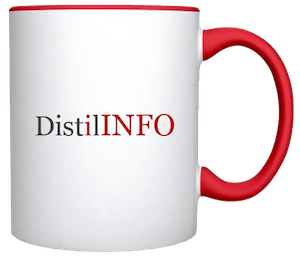The rising cost of healthcare services and the corresponding cost of healthcare insurance represent significant economic issues for employers. Additionally, these higher costs are proving to be a barrier to patient treatment. Further inhibiting access to care, some providers are requiring upfront deductible payments from patients before they will admit the patient.
Too often, the patient does not have the required funds to meet their deductible, or the provider admits the patient and is not able to collect the deductible resulting in “lost money.” With the emergence of HDHP plans and increasingly higher deductibles, a financial solution needs to be created to assure that patients have the ability to meet their out-of-pocket obligations on terms they can afford, thereby assuring the provider that they will receive a fair fee that is not diluted by uncollectable deductibles (bad debt).
Background: Growth of healthcare and insurance costs
Most covered workers face additional out-of-pocket costs when they use health care services. Eighty percent of covered workers have a general annual deductible for single coverage that must be met before most services are reimbursed by the plan. Even workers without a general annual deductible often face other types of cost sharing when they use services such as copayments or coinsurance for office visits and hospitalizations.
Want to publish your own articles on DistilINFO Publications?
Send us an email, we will get in touch with you.
In 2017, the average annual premium for employer-sponsored health insurance was $6,690 for single coverage and $18,764 for family coverage, increases of 4% and 3% respectively. Longer term, however, the percentage of covered workers with a general annual deductible of $1,000 or more for single coverage has grown substantially, increasing from 34% in 2012 to 51% in 2017 according to the Kaiser Family Foundation.
For many healthcare providers, collecting the patient deductible and patient billings on a timely basis is a significant challenge resulting in escalating costs due to uncollectible billings and patient relationship issues. Efforts to collect are often a delicate balance between maintaining good patient relationships and successfully communicating that the provider’s costs must be met to maintain the required level of care, if not their very survival.
Most industries have an advantage over traditional healthcare providers in that payment is received by the seller before delivery of the goods or services. In addition to traditional forms of payment, such as cash, checks and credit cards, digital fund transfer services like PayPal and other electronic payment methods are accessed and approved before the transaction is completed. Healthcare providers, large and small, have generally been slow to adapt to the movement to electronic payments and to employ strategies to improve their Cash Collection Cycle, which is the time between when a service is rendered and when payment is received.
There are several steps that a healthcare provider can take to significantly increase the amount and timing of cash collections from patients and at the same time increase patient satisfaction. In essence, embracing newly developed technologies and strategies in patient “order to cash” processes, healthcare providers can emulate the payment efficiencies of traditional and Internet-based businesses.
The high cost of a bad system
Providers that bill patients for services when or after the healthcare service is performed need to have efficient systems for cash collection follow-up. Poor cash collection systems can result in:
- High billing error rates. Were the proper terms and payment agreements completed when the patient checked in?
- High error rates. Were all of the services quoted to the patient? Frequently, the patient never sees the total detailed billing sent to the health insurer or Medicare.
- High DSO (Days Sales Outstanding) rates. Healthcare providers frequently act as their own “bank,” self-financing services and getting paid long after the service is rendered.
- High cost of dispute resolutions. Failure to effectively manage patient relationships with financial necessities when it comes to collecting cash from a patient.
- Inefficient/ineffective collection processes. Poor performance of patient balances as measured by bad debt, cost of collections, potential harm to relationships or reputation when using third parties.
The result of a poor patient billing and collection system is long-term losses due to market share loss as patients choose providers for services with better perceived value. And because concerns about the cost of care often precede the administration of care and the billing process can continue well beyond treatment, patients’ financial experiences are among the most memorable and impactful in their overall experience. If those experiences are poor, their entire experience is degraded.







